Frozen Pipes? Now What?
Most people have heard horror stories of dealing with frozen pipes that burst in someone's home. This often occurs during periods of cold weather when indoor air temperatures aren't warm enough to prevent the water pipes from freezing. Poor pipe insulation—or insulation in your home—combined with frigid temperatures can create a perfect storm that leads to your pipes freezing, bursting, and causing significant water damage in your home.
For these reasons, a frozen pipe is a serious hazard in your home. If you've identified frozen pipes in your house that haven't yet burst, you're in luck—but if you want to stay lucky, you'll need to move quickly and remedy these blockages. Read on to learn how frozen pipes develop, along with tips on how to unfreeze pipes.
At What Temperature Do Pipes Freeze?
While water's freezing point is 32 degrees Fahrenheit, water pipes won't freeze and burst that easily. Since the piping offers its own layer of insulation, and since water pipes are typically run through indoor environments where temperatures are higher, most experts agree that an uninsulated pipe could be at risk of freezing when temperatures dip below 20 degrees Fahrenheit.
Keep in mind that this is a general rule of thumb, and that many different factors—including pipe insulation, water flow through pipes, and wind chill—may all affect the freezing point for pipes in your home.
Do Frozen Pipes Always Burst?
Fortunately, a frozen pipe does not mean the pipe is certain to burst. Even when water freezes in a pipe, the structural integrity of the pipe may hold and prevent a burst that leads to water leaking in your home.
However, the risk of a burst pipe should be taken seriously when water dips to freezing temperatures. As water freezes, it also expands, and this expansion can create hundreds or even thousands of pounds of pressure inside the pipe, which can cause the pipe to break. If your pipes don't burst when water freezes, count yourself lucky—and make sure you avoid this situation in the future.
Will Frozen Pipes Thaw On Their Own?
As temperatures heat up, frozen pipes may start to thaw on their own. But if you're hoping that a wait-and-see approach can save you the trouble of thawing the pipes yourself, you may want to rethink this strategy. Frozen pipes continue to apply extreme amounts of pressure on the inside of the pipe for as long as the water remains frozen.
When water starts to thaw, it's possible that shifts in the pressure inside the pipe could cause the pipe to break even as the ice is melting. For this reason, you should make a concerted effort to thaw any frozen pipes as quickly as possible.
How Long Does it Take for Pipes to Unfreeze?
The length of time required to unfreeze pipes is affected by many different factors, including the size of the pipe, the temperature of the air around the pipe, the amount of ice inside the pipe, and the methods being used to warm up the pipe and promote thawing.
In best-case scenarios, pipes can be fully thawed in thirty minutes or less—especially if you have the right equipment for this project. In other cases, it could take hours to fully remove ice from the inside of a pipe.
How to Thaw Frozen Pipes
If you don't consider yourself handy when it comes to home repairs, you're in luck: when it comes to unfreezing pipes in your home, the simplest solutions tend to be the most effective ones.
Once you've identified the location of the frozen pipe, all you need to do is apply heat to warm the pipe and melt the ice inside. Use any heating element you have in your home, or a combination of devices, including space heaters, hair dryers, heat lamps, and heating pads. Wrap hot towels around frozen pipes to accelerate the heat transfer, and consider even increasing your home's indoor air temperature by a few inches as you work to melt the blockage.
For the best results, start at one end of the pipe and slowly work your way down the blockage until the pipe is clear. While this process could take a half hour or more, don't stop until water is flowing free again—as long as the frozen water remains in place, your pipe could be at risk of a burst.
Frozen pipes are a serious but often overlooked hazard in your home, with the potential to pour gallons of water into your interior spaces in just minutes after a pipe has burst. Take preventative measures to stop frozen pipes before they develop, such as wrapping pipes in insulation and ensuring your pipes are exposed to warm indoor air, and you'll thank yourself later when you don't have to deal with the stress of cleaning up after burst pipes.
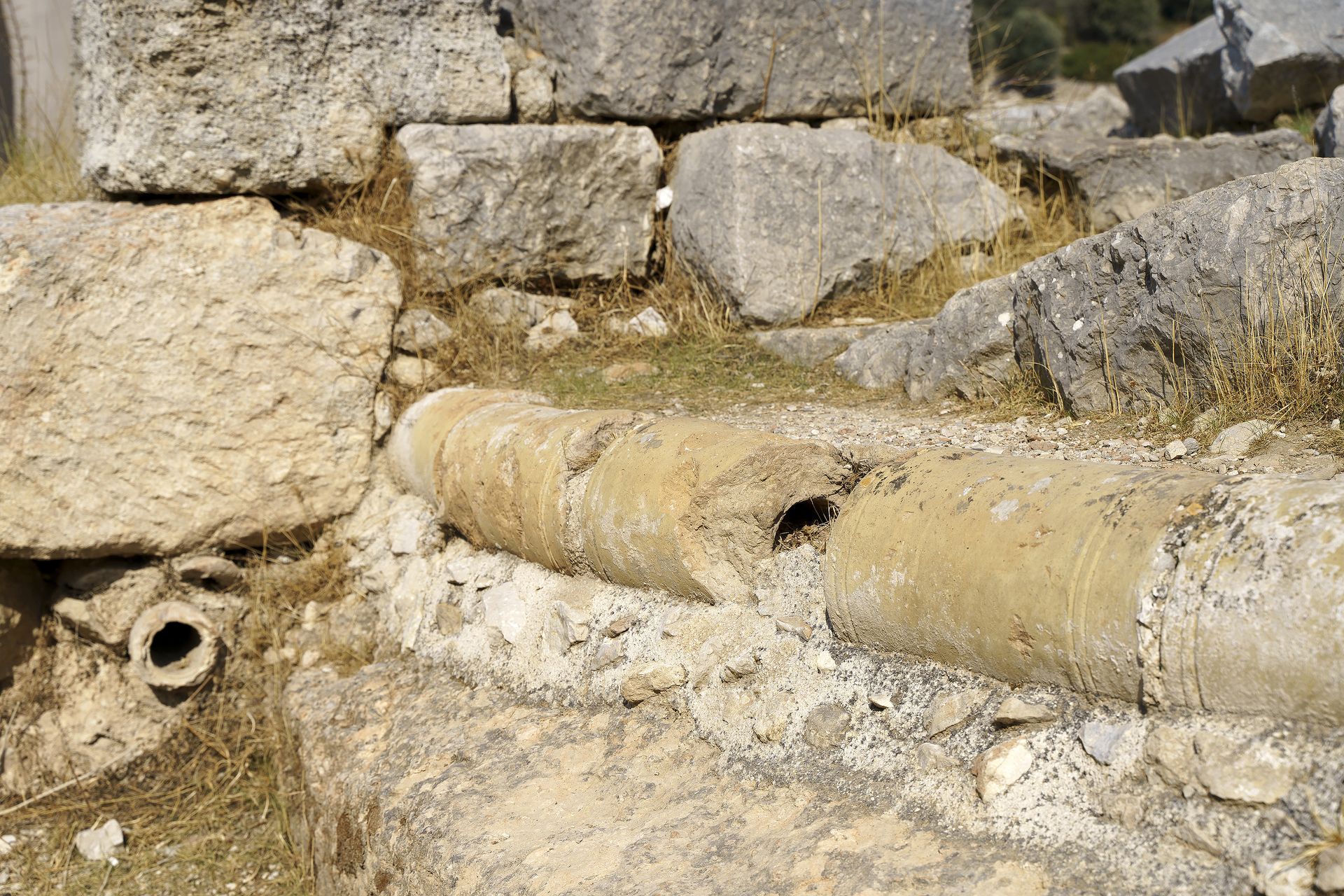

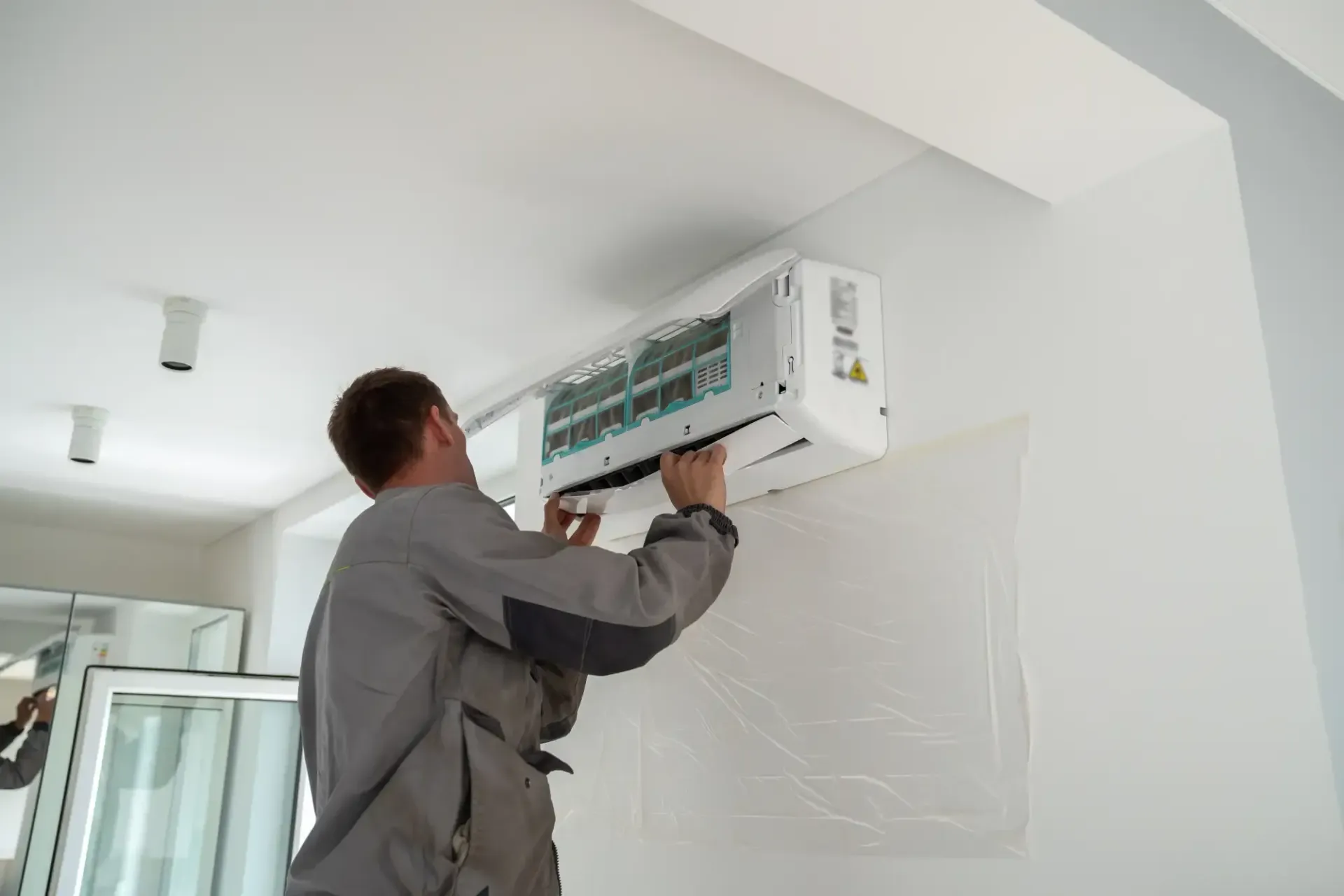
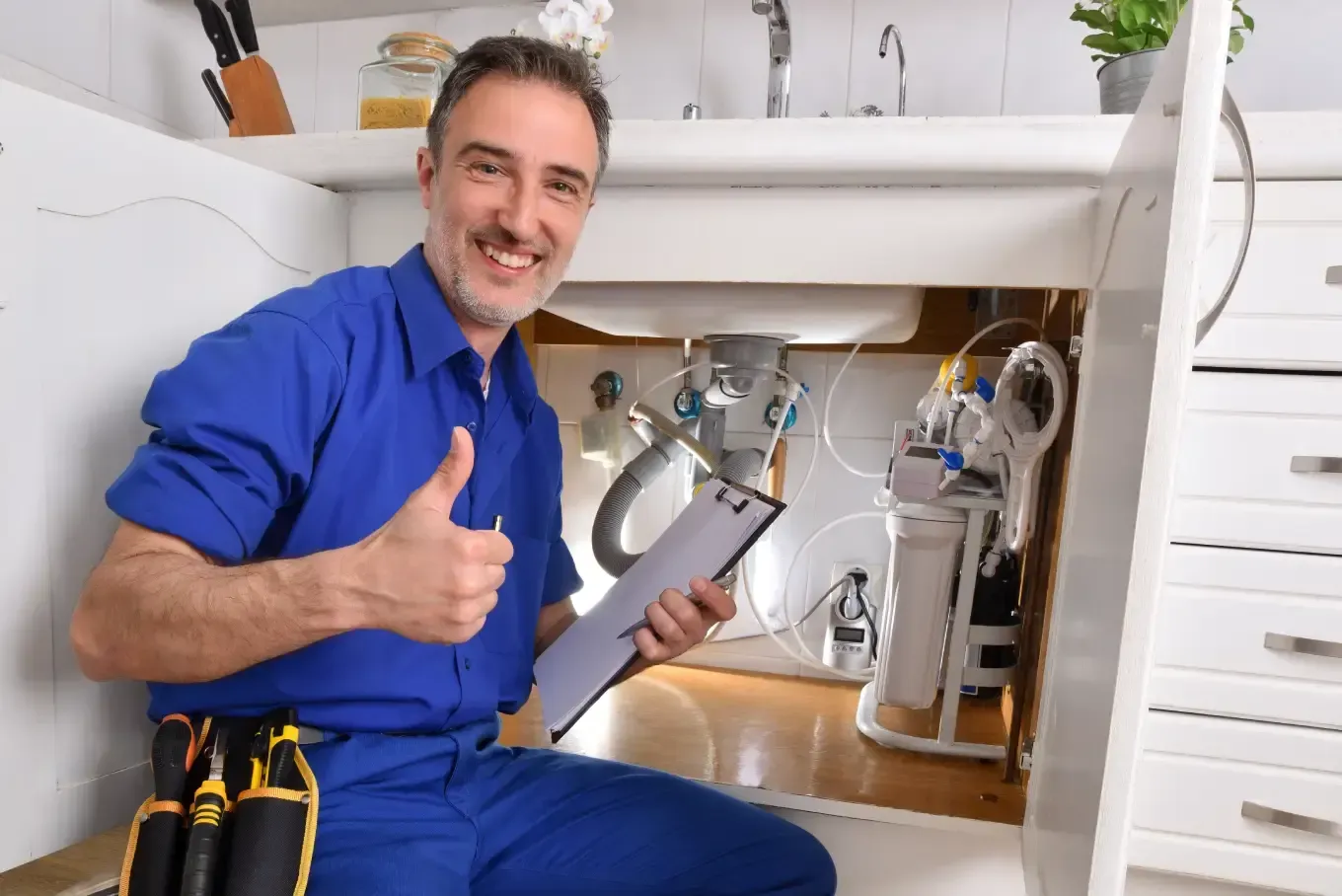

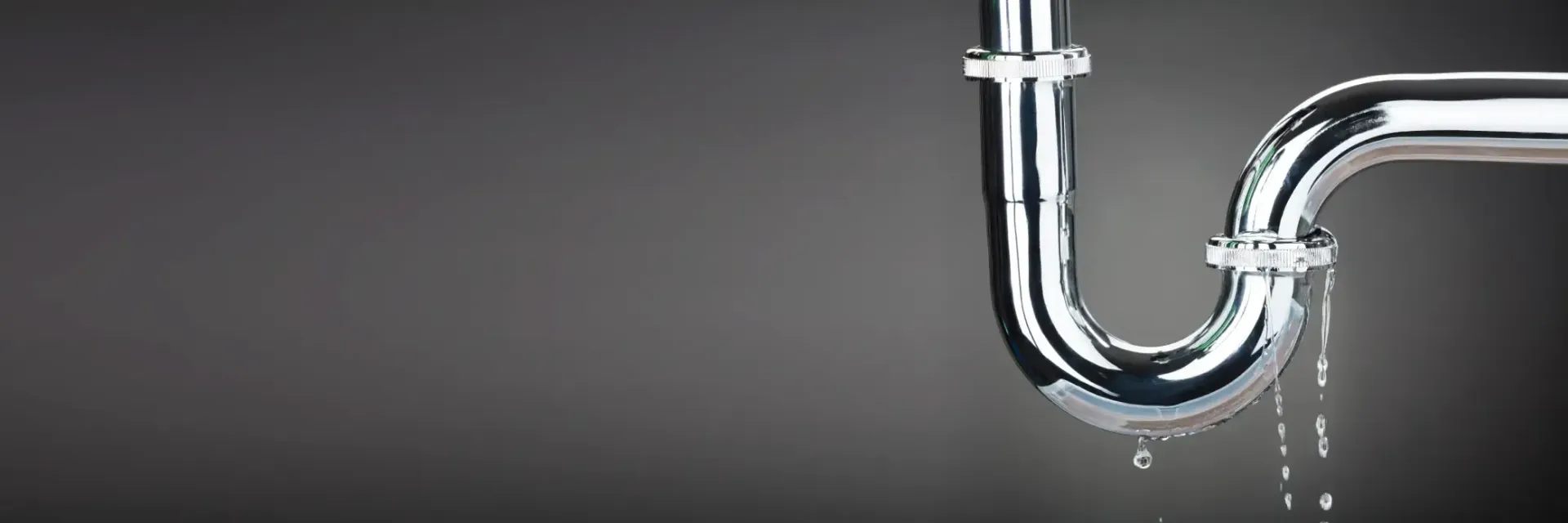

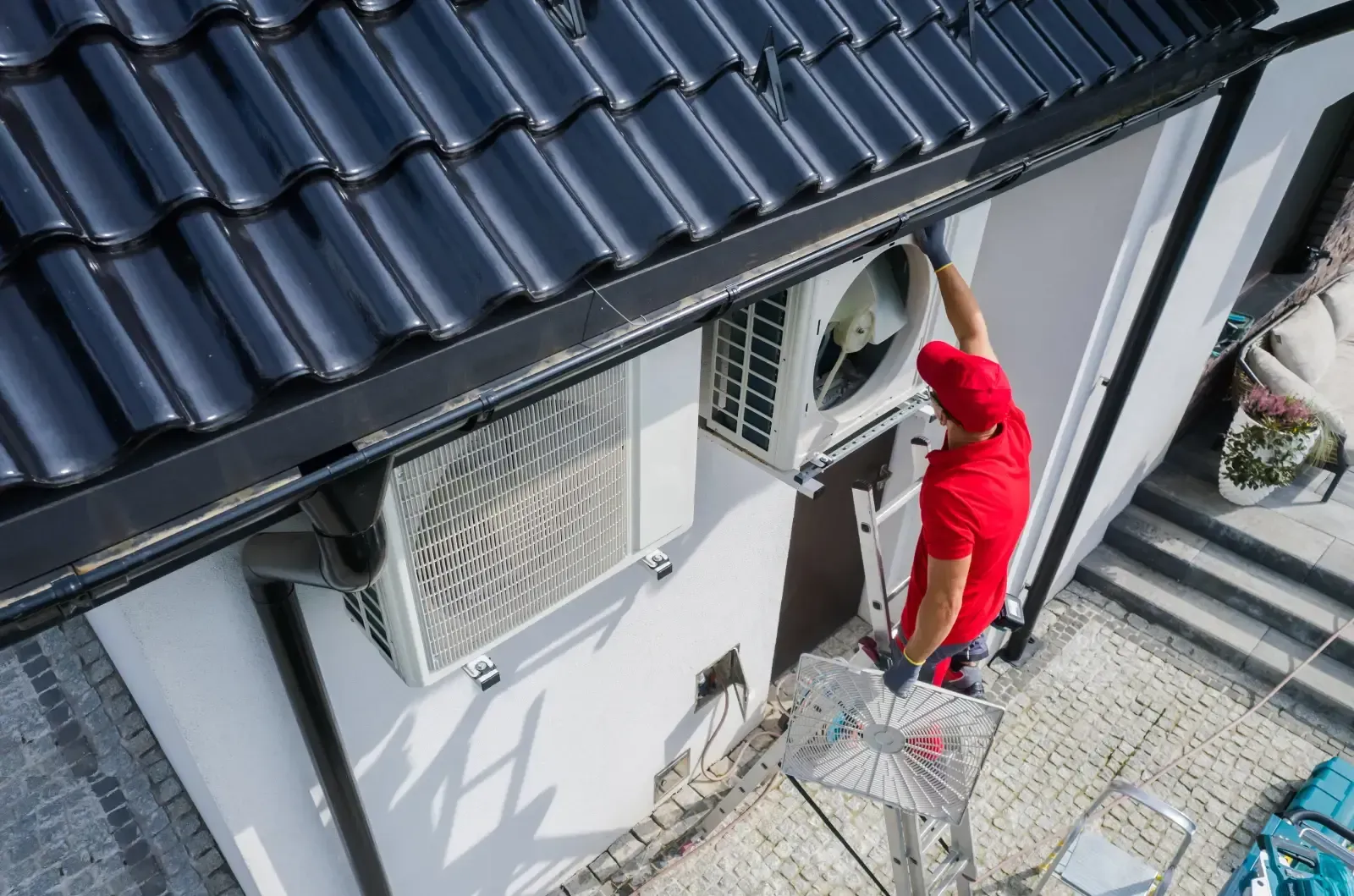
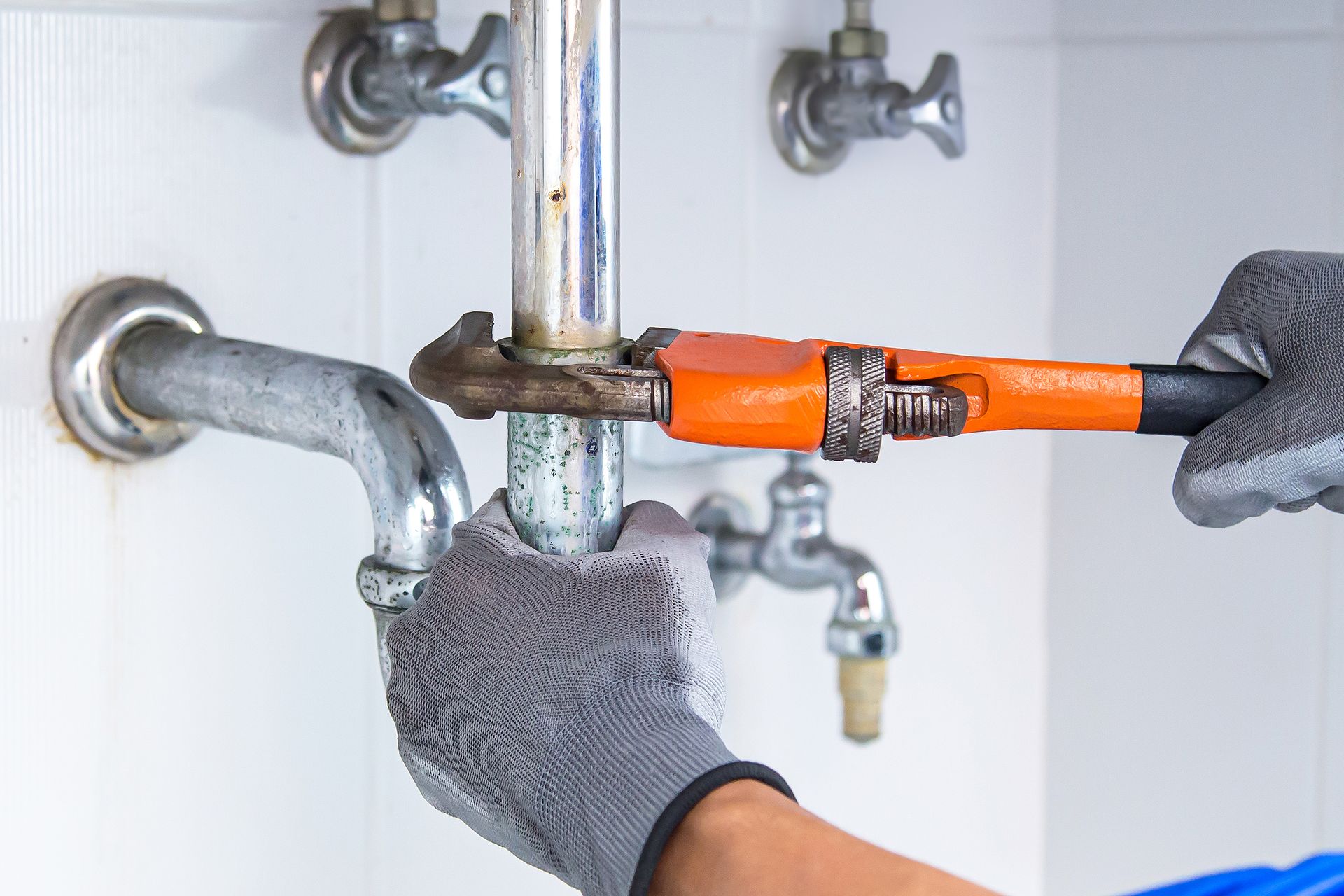
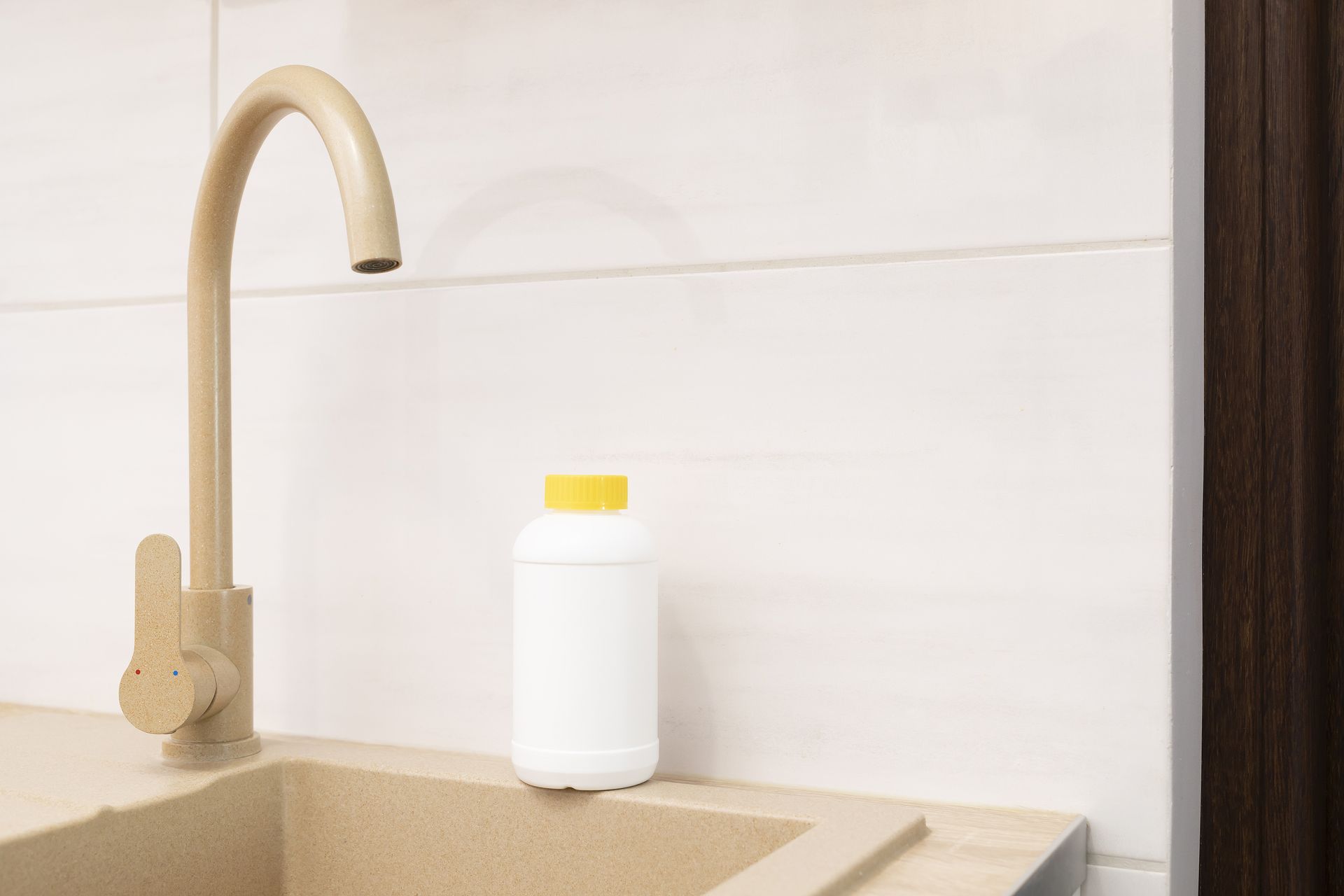
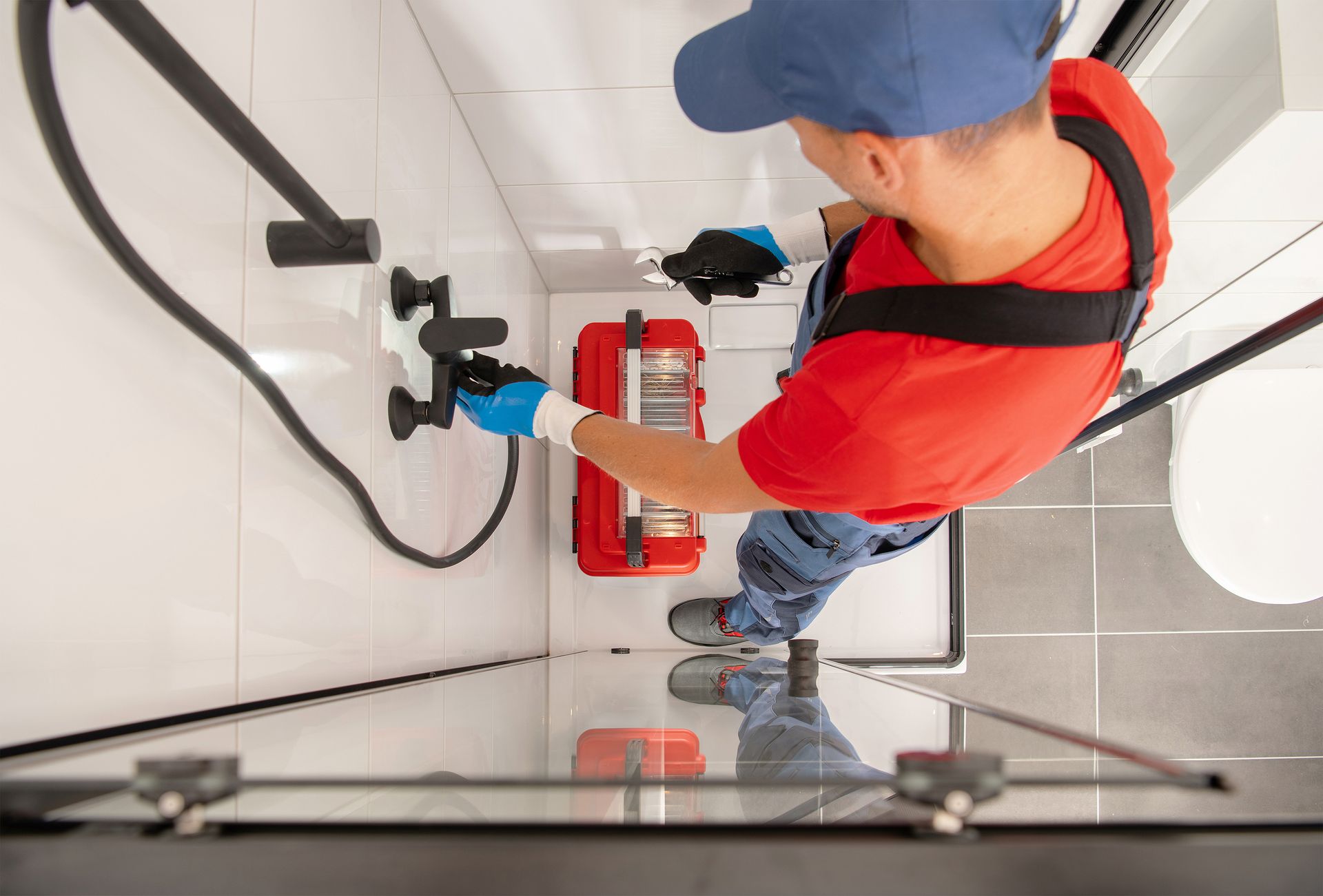
Share On: